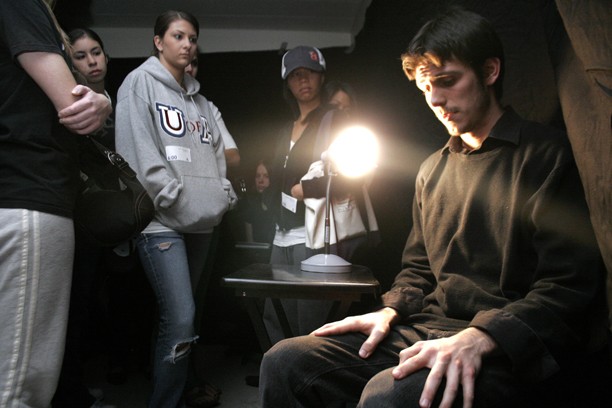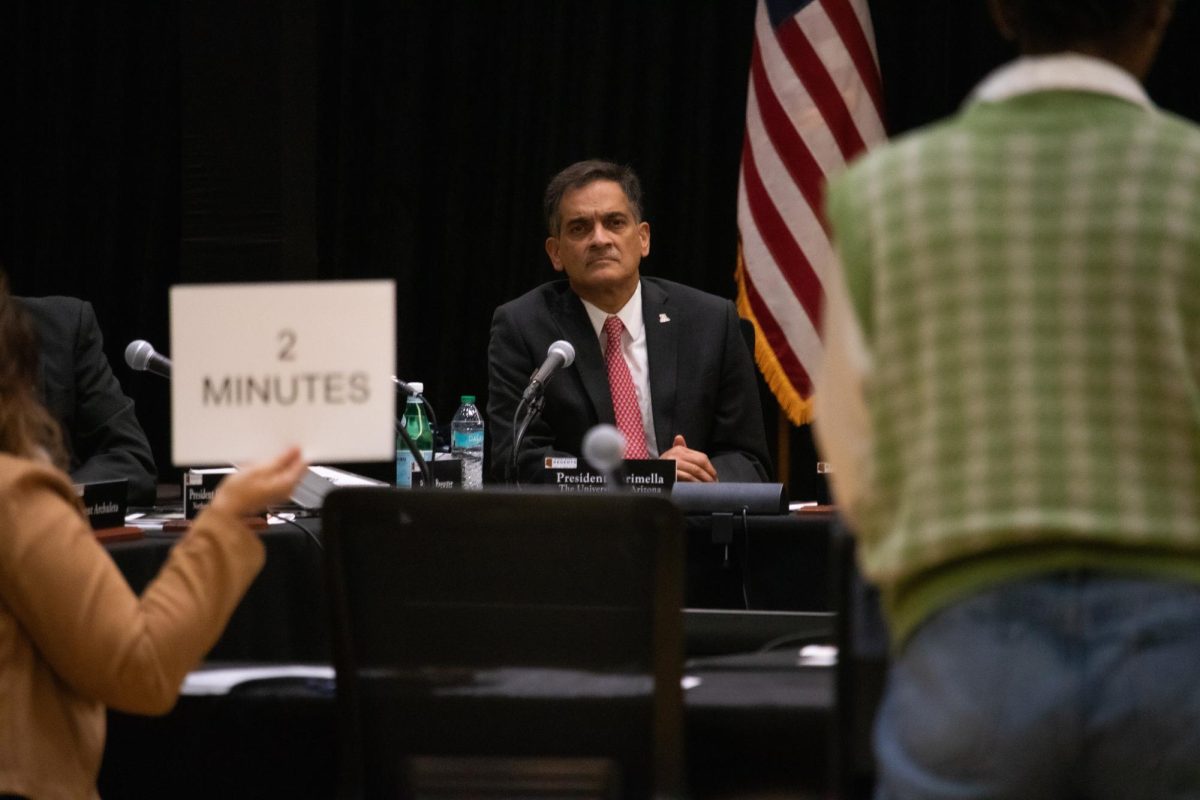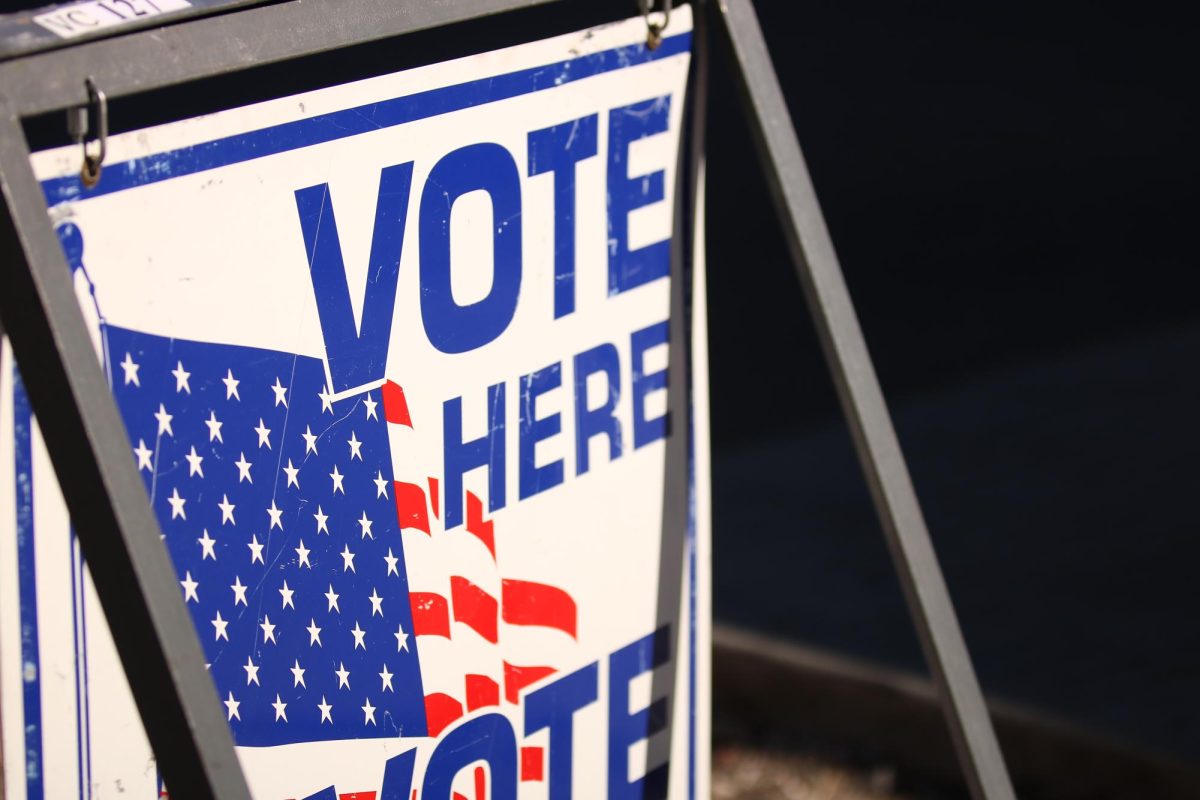In groups of 15, attendees are escorted through a maze of partitions, each containing a topic of oppression in today’s society. One woman gives her account of how she overcame ridicule from those who considered her overweight and of her struggle with bulimia. After her speech, the group follows the guide onward through the Tunnel of Oppression.
The nationally acclaimed Tunnel of Oppression is a two-day event beginning Feb. 11 that aims to reflect the present-day struggles of oppressed groups. Event participants present information and real-life accounts in emotionally draining exposition and act out scenes showing oppression.
The purpose of the event is for attendees to personally experience the different forms of oppression, according to Marina Shalabi, diversity director for the Associated Students of the University of Arizona.
“I really hope this experience gives students a sense of social justice,” Shalabi said. “We want to make everyone aware of the overall message: don’t watch these acts of oppression take place; do something.”
The event will consist of tours conducted every 15 minutes starting at 6 p.m. in the ballroom of the Student Union Memorial Center. The volunteer tour guides will lead groups through a “tunnel” where people in separate rooms provide testimonials and actors perform scenarios that demonstrate oppression.
“I think this is a really educational and eye-opening experience,” said Gina Dance, an animal science junior and an intern for ASUA’s Diversity Center.
Dance became involved in the program after experiencing the event for herself last year.
Topics that will be presented include sizeism and body image-related oppression as well as racism, homophobia, cissexism and classism. Volunteers will present personal experiences about enduring and overcoming these hardships.
“People may think they are just reading off a script,” said Fabian De La Cruz, a biochemistry sophomore and intern for ASUA’s Diversity Center. “They’re reading a script they wrote. It’s their story.”
The tour will last approximately an hour and a half, including the grand finale of the production, called the Tunnel of Hope, a question-and-answer period. The Tunnel of Hope will make a lasting impression after the powerful scenes of oppression, as uplifting quotes and posters adorn the walls, Shalabi said.
This finale is meant to be an optimistic presentation where participants can learn about solutions to the types of oppression people experience in their daily lives.
“If we can at least talk about these things, there’s no reason we shouldn’t be able to get along, or at the very least to co-exist,” De La Cruz said.









